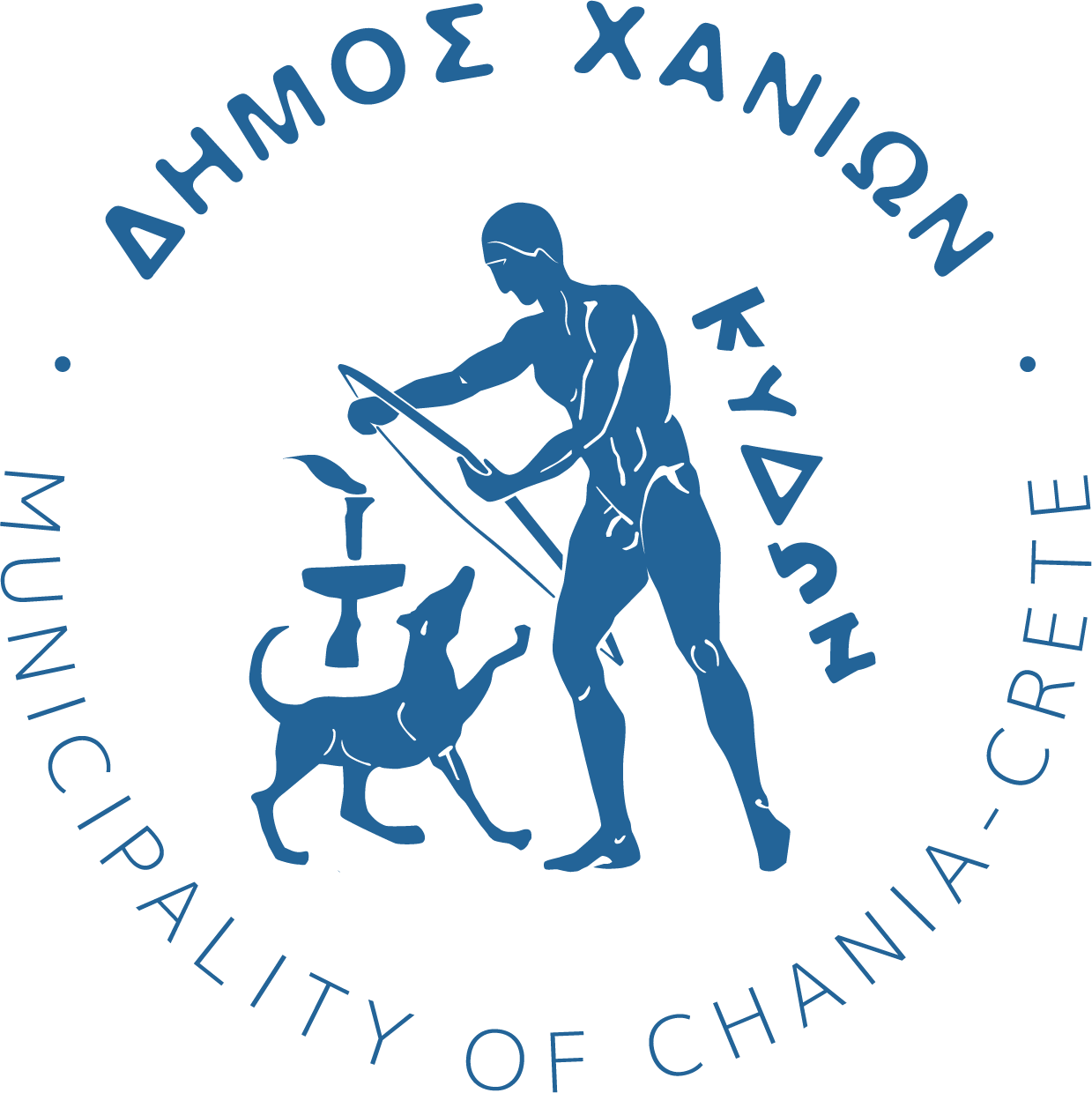1204 – 1645 A.C.
After the dissolution of the Byzantine Empire by the Latins, Crete was given to Boniface Marquis of Momferatos, who sold it to the Venetians for 1.000 silver marks. In 1252 the Venetians managed to impose against the locals, but the Genoese, headed by the Count of Malta Henry Pescatore occupied Crete. After removing any threat they began to build the city on the ruins of the ancient Kydonia adapting in their language the name Chania as La Canea.
There are many theories regarding the etymology of the city’s name. Probably the name Chania comes from a corruption of the name Hthonia, which was one of the ancient names of Crete. According to another version, probably it derived from the Arabic Hani or from Alchania Komi (a suburb or district of Kydonia).
The island was a large administrative region under the name “Kingdom of Crete” and the city the Chania prefecture was divided into 90 ‘Kavalareas’. But a few years later, in 1266, the Genoese headed by Obertino Doria occupied again the city, they ransacked it and set alight Chania.
The Venetians, after the expulsion of the Genoese, nominated Chania as the seat of the regional commander and rebuilt the city following the Venetian architecture standards. The main concern was to repair the city walls of Kastelli and rebuild the city gradually developed within the walls. The palace of the regional commander, the Cathedral of Virgin Mary, beautiful buildings and houses with yards with outside stairs and wells, in narrow, were built in the city. The main road, il Corso (current Kanevaro Street), and perpendicular streets that connect the city through the four gates to the port and the main roads were opened. Around the Corso there are erected public buildings, palaces and noble residences on the ruins of buildings of previous periods.
Also, in the early 14th century there were built by Catholic monks the monasteries of St. Francis of the Franciscans and Saint Nicholas of the Dominicans. The city is not considered a small walled city but the fear of an imminent Turkish attack forced the Venetians to build a new larger fortification. The works started in the mid 16th century under the projects of the engineer Michele Sanmichielli and they include the Venetian walls, the trench, and the ramparts (St. Nicholas, San Salvatore, Agios Dimitrios, Sabbionara), the Piatta Forma and Santa Lucia, the fortress Firkas, the jetty and more buildings constructed during this period.
The city expanded and acquired a better street plan. There were built new churches, like St. Rokkos, public and private buildings, the water work expanded and there were built new water tanks. In 1551, the Venetian governor Loredan transferred water to the city, to the unique fountain existed in the plaza. At that time there were built the Venetian harbors, while the fortifications strengthened with fortresses on Theodorou Island, Souda and Gramboussa Island. The port of Chaniaacquires its current look and the lighthouse was built between 1595 and 1601.
The urban city was formed during the great works of the 16th century. In 1583, the city had a population of 8,200 residents, Catholics and Orthodox. Despite the proselytism efforts, even the rich lords, descendants of the twelve noble families, didn’t betray the Orthodox faith. The relations between the two nations were tested after 27 revolutions during the Venetian domination. On the other hand, during the late 16th century, the Venetians wanted to insure the support of the Orthodox to a possible attack of the Ottomans. For that reason, they granted the Orthodox more privileges, such as permission to build majestic monasteries. The Holy Monastery of Agia Triada of Jagarolon, Gouverneto and Chrisopigi were founded this year and very quickly became major socioeconomic forces.
In that time, the Cretans were involved in artistic and intellectual movement prevailing in Renaissance Europe. Important personalities of Chania were affected by Western influences, as the hagiographer monk Ambrose Nile and Philotheos Skoufos, abbot of the monastery Chrysopigi. The influences were also in sectors such as Literature and Architecture and identified the spiritual path of the island so much that nowadays we refer the so-called “Cretan Renaissance”.



